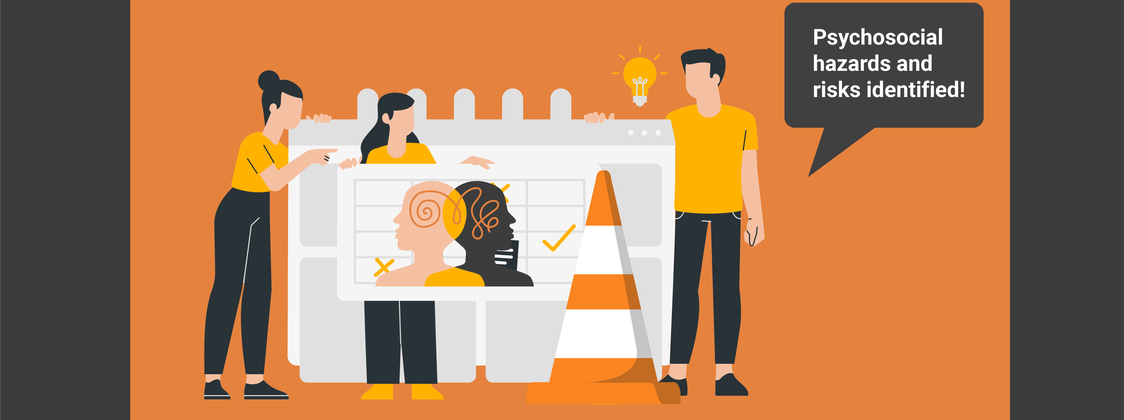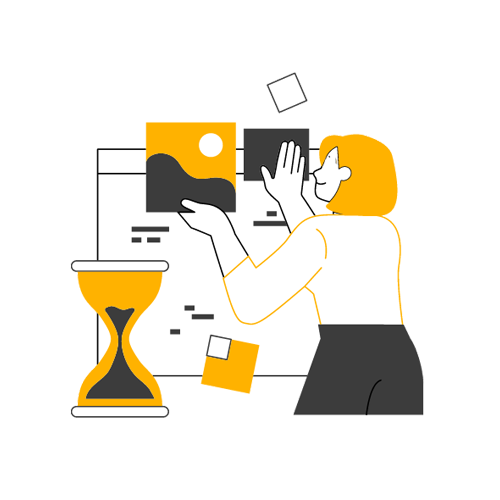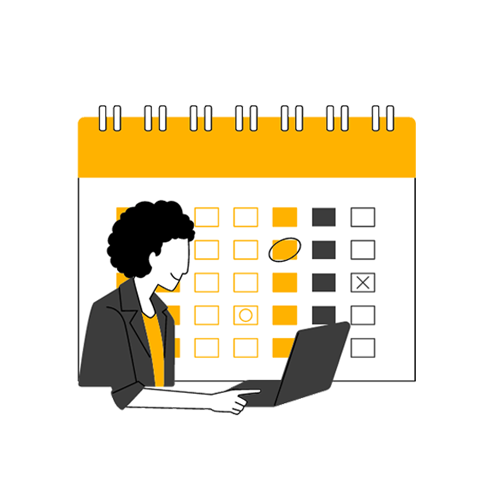How Effective is Your Wellbeing Programme, Really?
An effective wellbeing programme involves a lot more than encouraging people to move and eat their veggies.
Questions and actions regarding workplace wellbeing and psychosocial hazards are on the rise. But what exactly is meant by psychosocial risks, and how can you take action for a healthier workplace?

Written by

Superpower: Finding glitches in the Matrix
Fixation: The red pill
Dana is Scarlatti’s organisational design lead with over 25 years’ experience in this space (of which psychosocial risk management and strategy facilitation sit within). Her work spans psychosocial risk management and strategy facilitation.
Her farming background, and wellbeing and corporate experience, brings a comprehensive perspective and depth of knowledge to our projects. She initiated the GoodYarn licensing programme, which has seen over 20,000 people educated in mental health literacy and has served over 500 clients in the wellbeing space.
Dana loves questioning the status quo and discovering new ways to approach old dilemmas. These qualities ensure clients do not get tick box programmes but find the right initiatives and solutions for their organisation.
Dana holds a Bachelor of Psychology, with post-graduate studies in physiology. She is a certified personal trainer, fitness instructor and wellness coach. Dana also speaks at conferences and forums on multiple topics.
Psychosocial hazards are defined by WorkSafe as ‘the aspects of design and management of a workplace, that have the potential to cause psychological or physical harm’. Psychosocial risks and hazards in the workplace can result in stress, burnout, office politics, isolation, and impact employee wellbeing and productivity.
Psychosocial risks are hazards with a likelihood of occurring in your workplace.
For example, high sedentary demand is a psychosocial hazard that would be high risk for an office job but not a risk for a job such as farming.
Wellbeing encompasses good physical health and good mental health. Wellbeing is not simply defined by the absence of disease or illness, but a holistic depiction of one's quality of life – the ability to contribute to the world with a sense of meaning and purpose.
What is vital to note is that wellbeing is a continuum, and there is no one-size-fits-all approach; what we can do is hope to identify and mitigate psychosocial risks.

Job contents and demands:

Workload and work pace:

Work schedule:

Job control:

Physical environment:

Organisational culture:
Psychosocial hazards and wellbeing are important for several reasons:
Simply asking about and having an open and safe line of communication is a great start. Knowing when and where to refer people when the distress is out of your scope is another key action - a business is not responsible for workers' personal issues, but it is kind and useful to be interested on both a personal and professional level.
Some general ways to mitigate workplace psychosocial risks include:
Because each company is different, and is full of various personalities that are impacted uniquely by different hazards, ensuring that your efforts are not isolated initiatives with no further actions is crucial and any policies and procedures must be implementable and fluid.
Scarlatti's wellbeing programme design specialist, Dana Carver, has over 25 years of experience in the wellbeing space. Dana and the team can work with you to identify your workplace’s psychosocial hazards and create a programme and / or a recommendations report to help you navigate these psychosocial risks and hazards to foster a healthy work environment.
Contact Dana Carver now